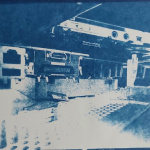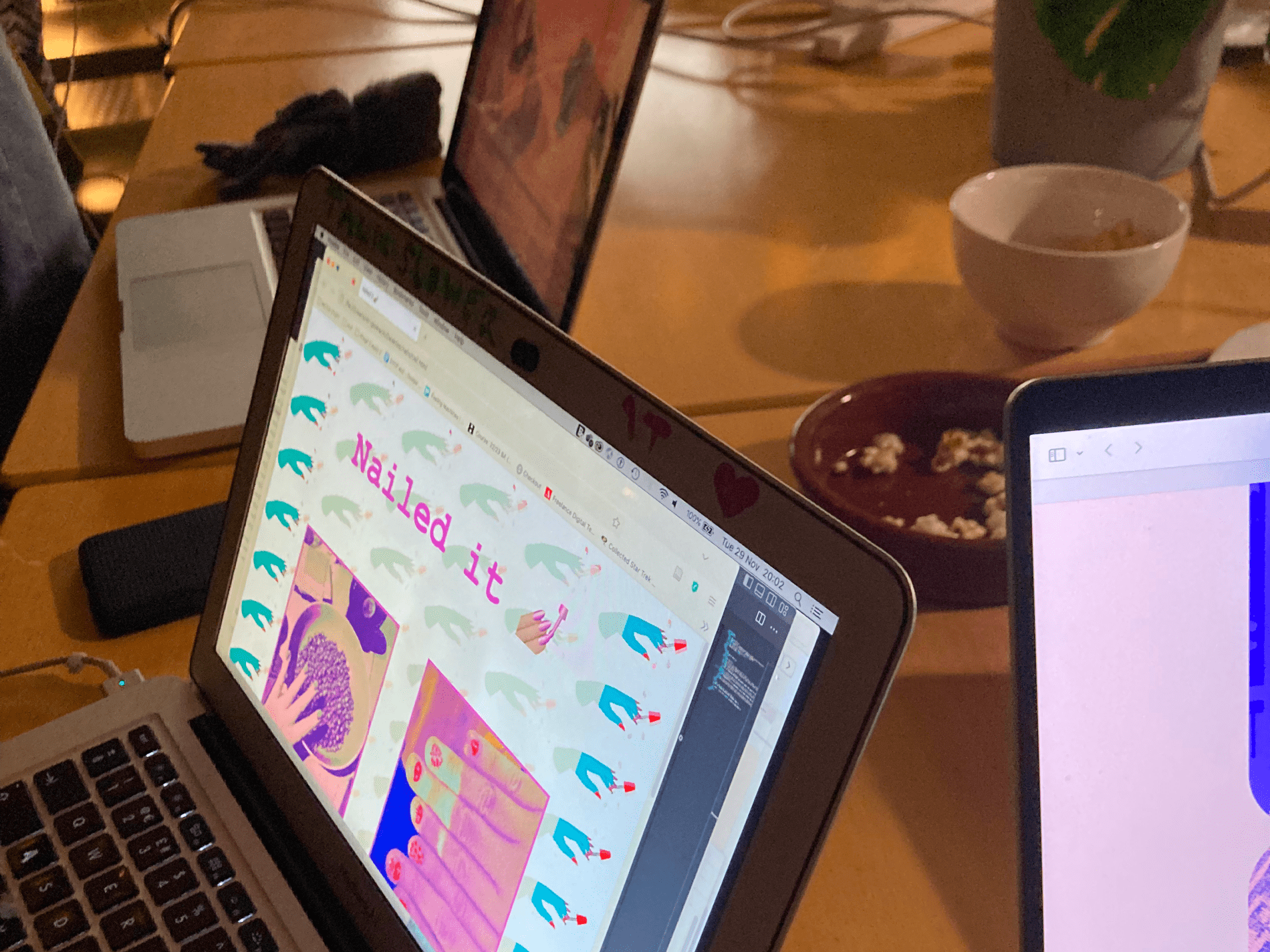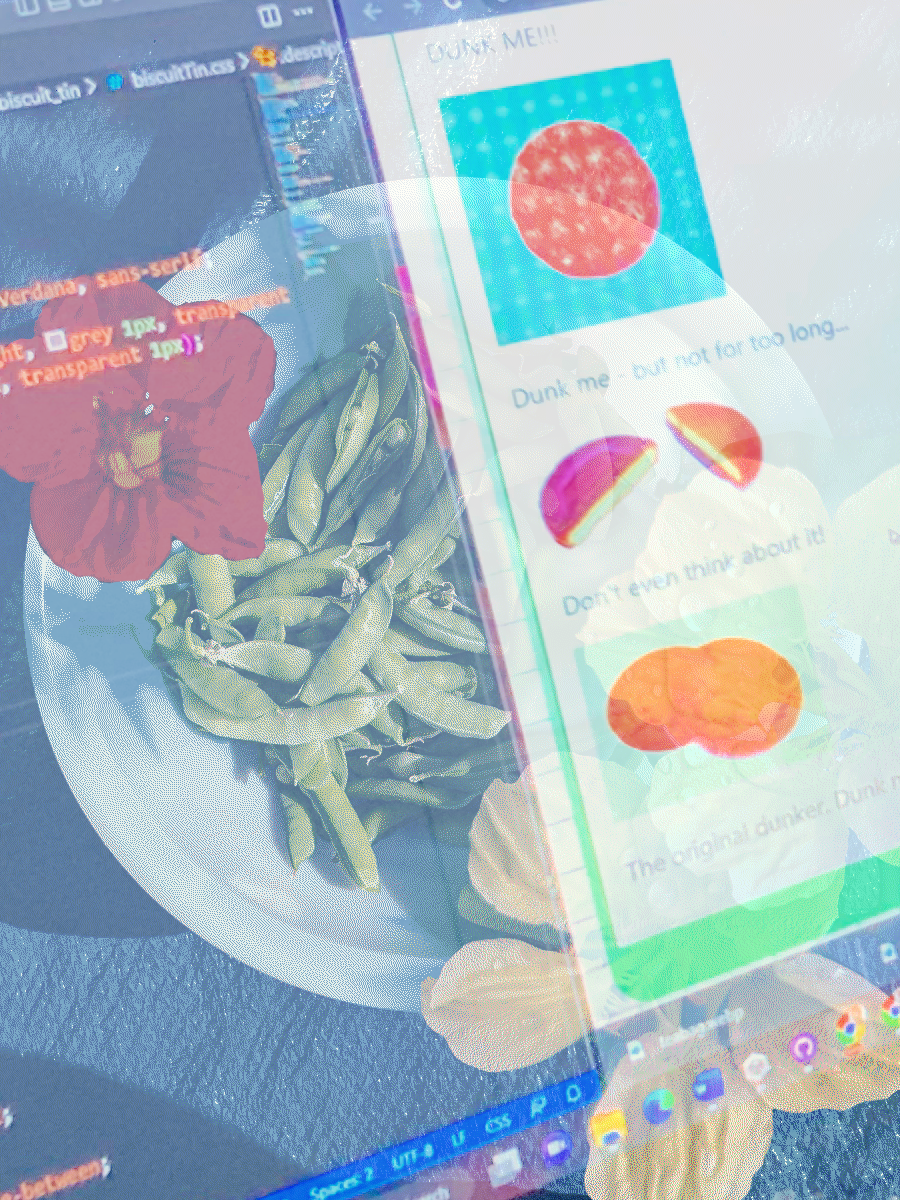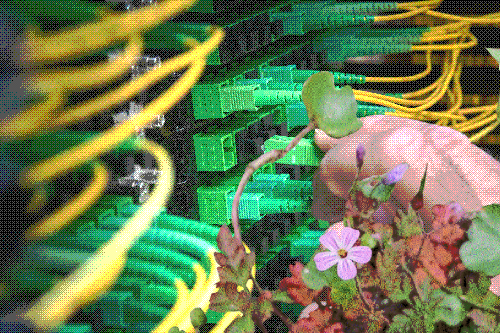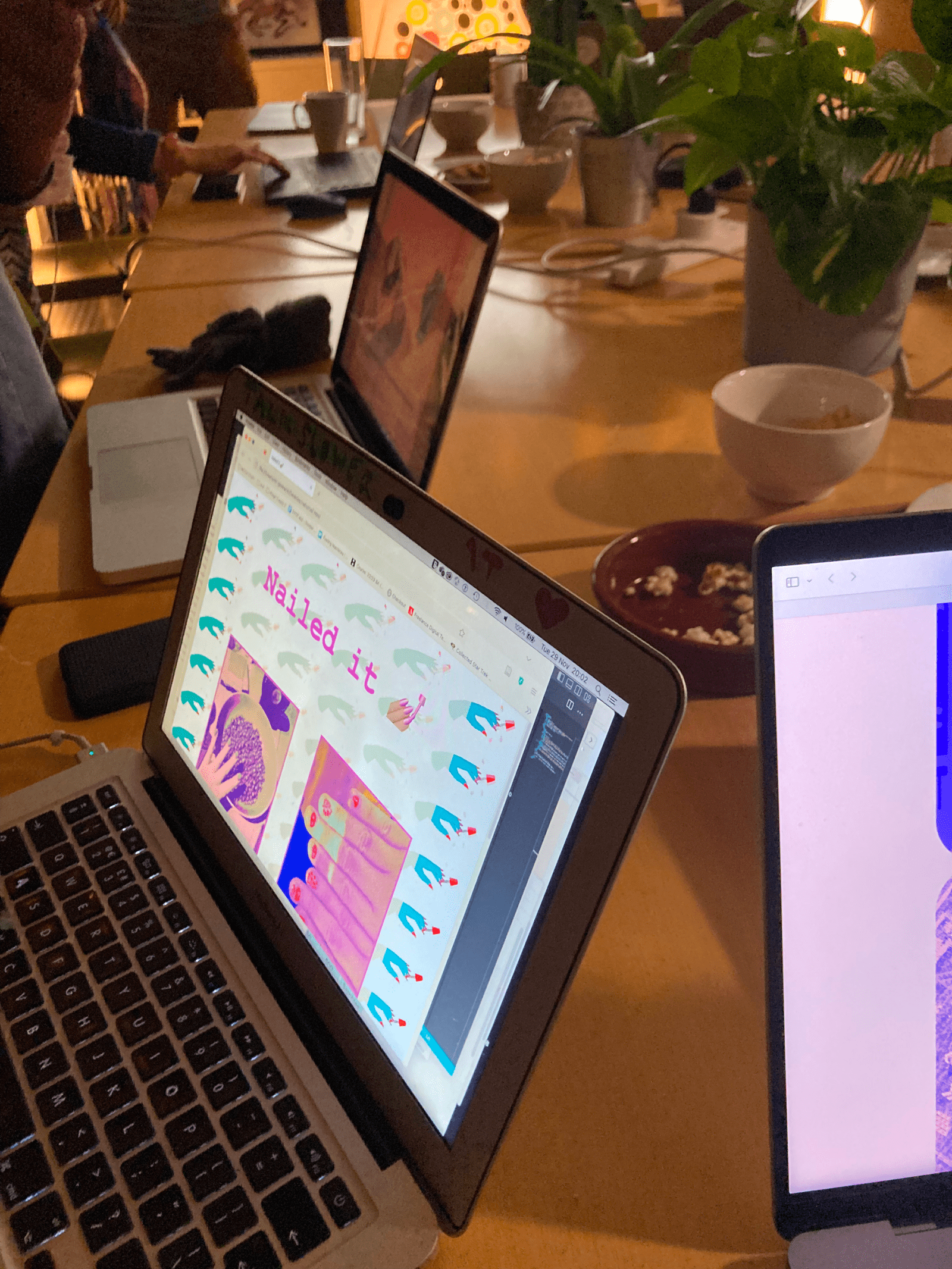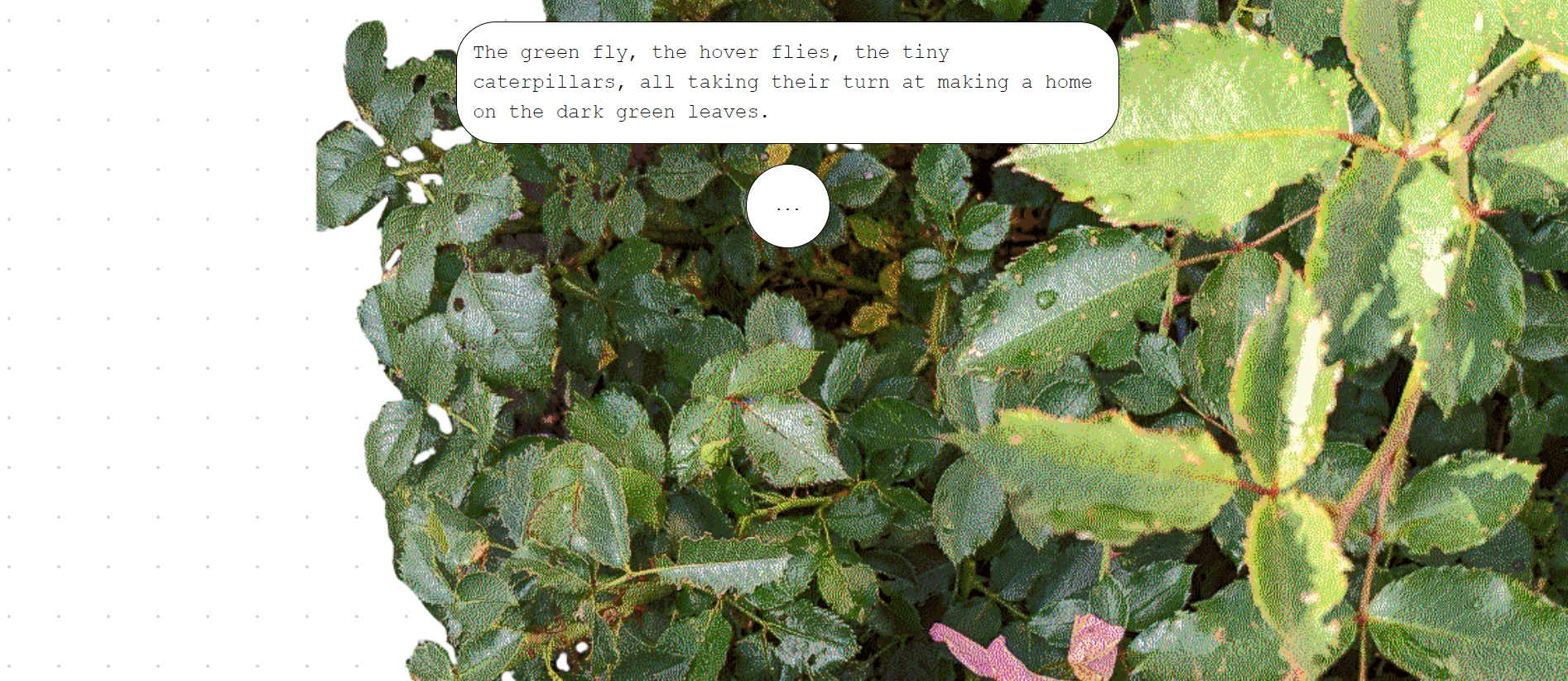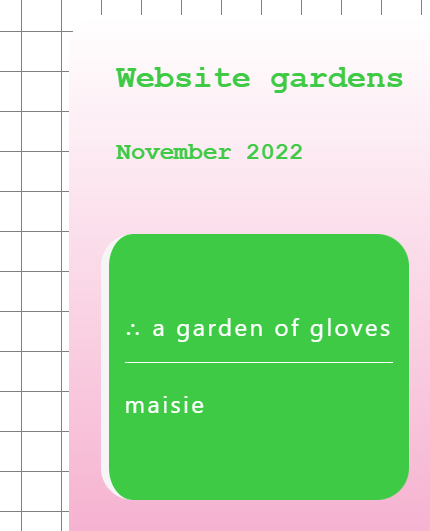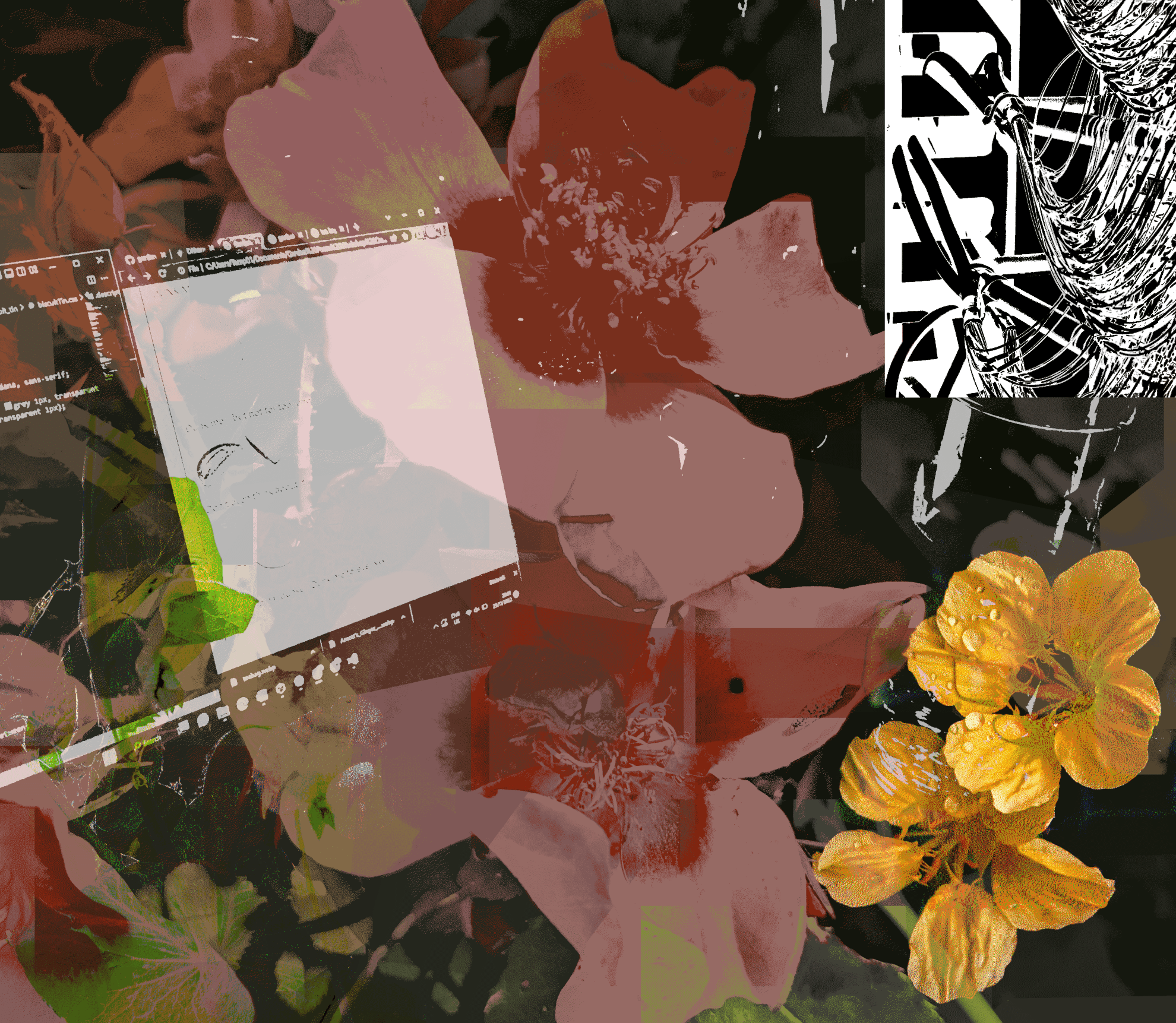The garden online
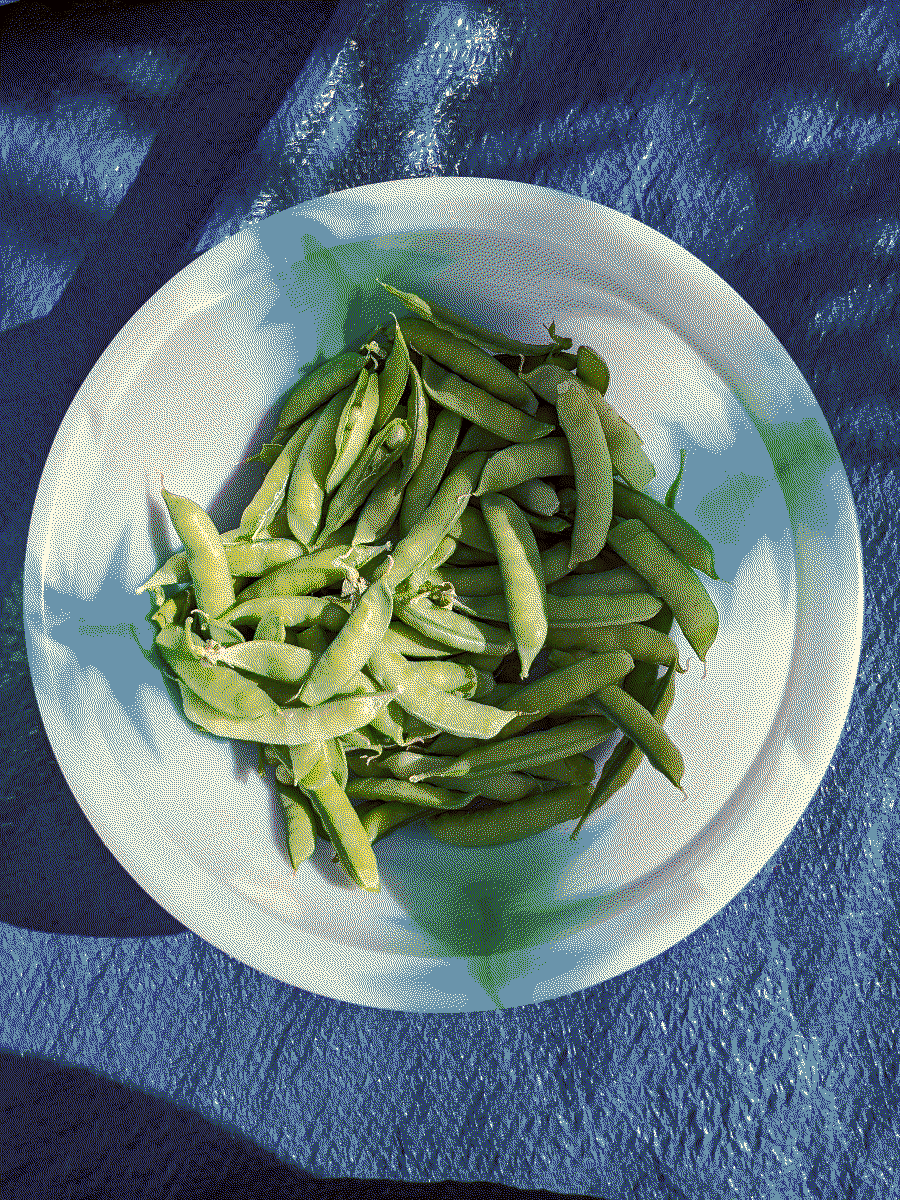
I started gardening for the first time this spring. It’s the first time as an adult I’ve lived somewhere with a garden. It’s a small courtyard, with a high brick wall at one end, one raised bed and a border around the house. It felt like pure luxury after a pandemic of small, damp city apartments.
I grew a few small crops of simple vegetables, barely enough to make a meal for one family, but it felt like I was participating in both a fundamentally human tradition of cultivation, and in a vast ecosystem of which I was a small part. The complex world of insects – worms, hoverflies, snails, butterflies – all members of a larger network that I was making a small impact on. I was just discovering the generosity and the abundance of nature, at a time when the climate emergency makes that connection for humanity even more precarious.
I began to collect photos and words about the process, and I began to think about how I could share the experience with others online. My thoughts turned to the other ecosystem I am inextricably enmeshed in – the internet.
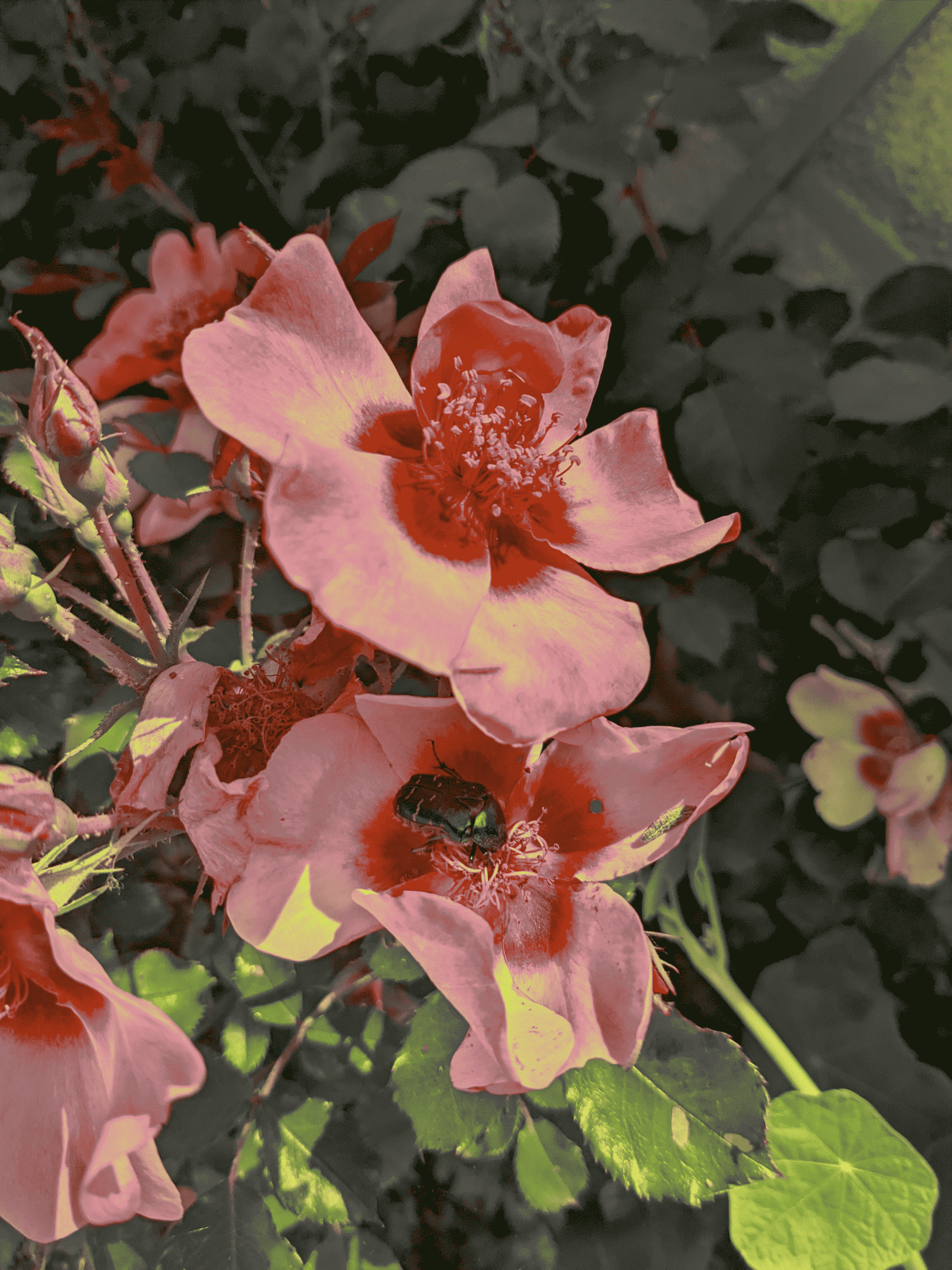
I’ve previously built VR experiences and interactives in Unity, and I build apps and websites for my day job, but these technologies require software and hardware that have an impact on the environment. The increasing complexity and abstraction of these tech tools and platforms was starting to make me uncomfortable. Could I create my own little garden on the internet, to sink my fingers in the soil of the web, and come to understand the material reality of the technology it uses?
The cloud on earth
Picture a cloud in the sky – a fluffy cumulus cloud, or a thin stratus – the very essence of something that is intangible, liminal, light, untethered. It expands and disappears naturally in line with the weather system’s ebbs and flows, leaving no trace.
You can probably see a cloud outside your window, they are effortlessly present, just like the Cloud, the magical technological space where we save everything from sexts to work documents, always available and always ready to scale.
The reality of cloud computing is the antithesis of its namesake. It is miles and miles of anonymous grey buildings holding data centres with the carbon cost of some small countries. It is underpaid workers. It is environmental damage. It depletes the environment that holds it and all of us in order to feed the growing network of the internet and its architecture.
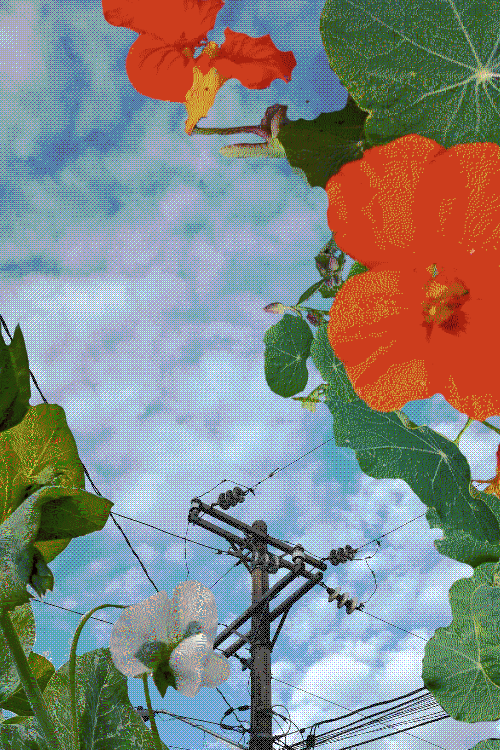
As journalist Ingrid Burrington posits, the modern web reflects the grey sprawling architecture of its data centres – it wants users in boxes, it wants order above all else, it wants connection for commerce, not connection for connection’s sake. Luckily, there are ways we can grow outside of the boxes.
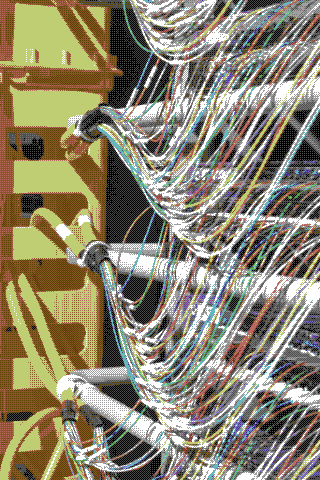
The ground we build on
…while tycoons of media, telecom, computing and military agencies fight for the control of the Internet, the indie web offers a free vision of the world…
“The Indie Web Manifesto”, 1997
The concerns expressed by this manifesto from 1997 are startlingly relevant today. Despite its foundations as military defence technology, people have been cultivating their own independent and community-led spaces on the internet since it began.
Early pioneers used HTML to craft love letters, shrines, rants and erotica. From cyberfeminist collectives, to Geocities, to MySpace, people cultivated their own spaces like their own little patches of real estate on the web. And the idea of ‘digital gardening’ itself is not new. Yet the average person’s relationship to the internet has become more and more passive, and our digital world smaller, with more than half of EU web traffic going through just 6 companies.
It’s easy to be nostalgic for a simpler time for netizens, when smart phones, AI and cryptocurrency were the stuff of science fiction. However, the seeds of today’s surveillance industrial complex were sown decades ago, and there were a few cyber surfers who saw the inherent dangers already looming.

The Cyberfeminist Manifesto For The 21st Century, VNS Matrix
we are the virus of the new world disorder
rupturing the symbolic from within
saboteurs of big daddy mainframe
the clitoris is a direct line to the matrix
“Cyberfeminist Manifesto For The 21st Century”, VNS Matrix, 1991
This quote from VNS Matrix, an Australian collective that were pioneers of the cyberfeminist movement, is a war cry that I think about a lot. The hope, the playfulness and sense of humour in their vision for the internet as a psychosexual place to transcend gender, bodies and cultural norms is enchanting. It’s so important that work, like Mindy Seu’s Cyberfeminism Index, is being done to connect us to this legacy of resistance and creativity on the web.
The new growth
Many collectives and individuals are carrying on the work of cyberfeminists and 1990s digital hippies, working to queer, subvert or destabilise the endless march of progress. The Low Tech movement, digital homesteaders, self-hosters, careful networks and poetic websites are just a few examples.
The defederated or decentralised web is having something of a moment as Twitter implodes under the whims of a billionaire. Many of us are being forced to think about where we want to spend our time online, our reactions to the algorithms of social media, and who has control over how we interact and what we engage with.
As part of my residency with Container Mag, I ran a workshop for Control Shift’s programme of events and art, titled ‘Can a Website be a Garden?’ For this we looked at the basic building blocks of the web – how HTML and CSS is served and built – and spent a happy couple of hours crafting our own ‘allotments’ which are now living on my DIY server. Slowly hand-rolling the code and assets together, it felt more like a knitting circle than a programming session.
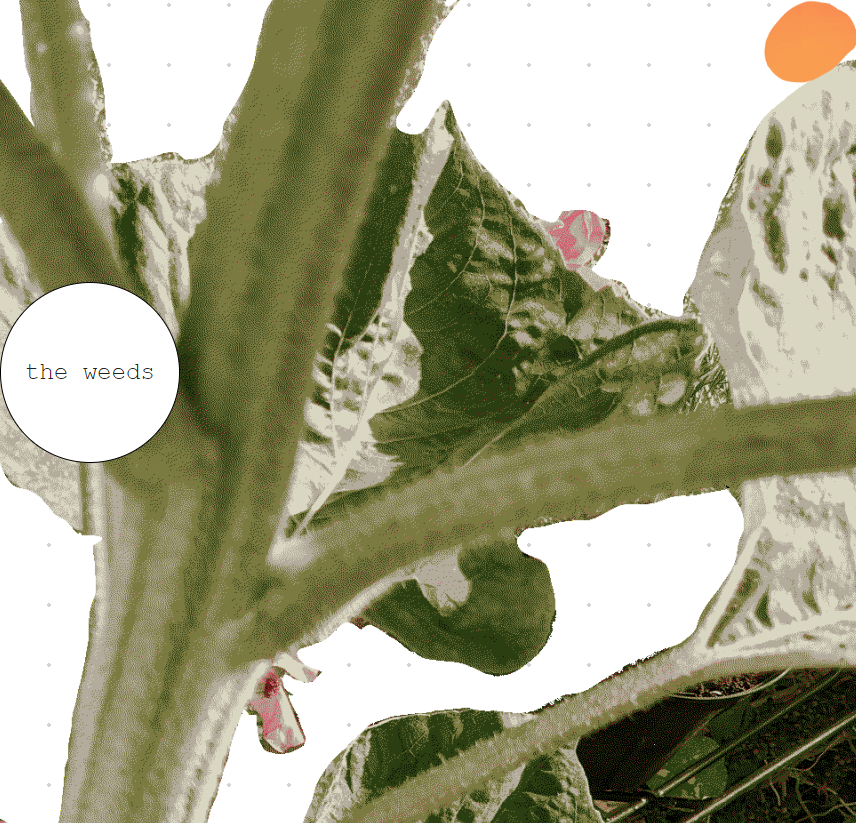
www.poem.garden
The tech industry wants us to think of the internet a certain way, that it must inevitably work a certain way, but what if those assumptions are wrong? It’s more important than ever that we challenge ideologies of growth and expansion that rely on environmental damage.
It’s unfeasible to think that all individuals should maintain their own personal servers, networks or websites, just as it would be unthinkable for most people to grow all their own food. But for those of us that want to plug into the matrix, it’s a good exercise to understand how the matrix is built, and to develop the tools that might allow us to change it.
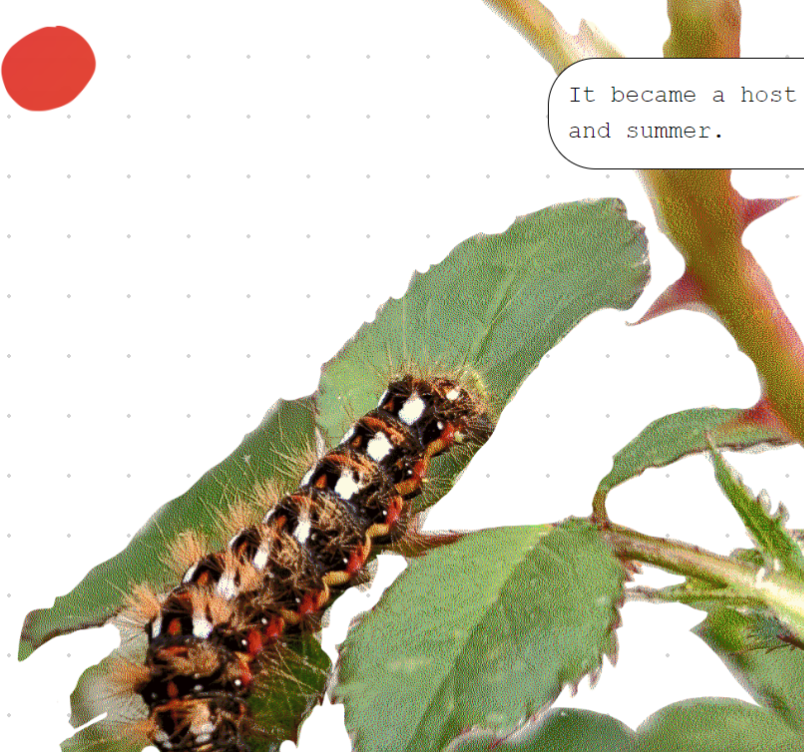
www.poem.garden
As we figure out how to flourish and blossom in the margins of capitalism, digital creation should have its place alongside other tangible crafts. Like tending a small garden, growing a houseplant, knitting a scarf or baking your own bread – building a website can be an act of cultivation for yourself and for your community.
It’s the winter now, and my real garden is quiet and still, but you can visit my online garden at www.poem.garden, which is run on a small Raspberry Pi that sits blinking beside my desk as I type this. It might not be available forever or all the time, but it’s a small offering that I’ve shared with the world wide web


